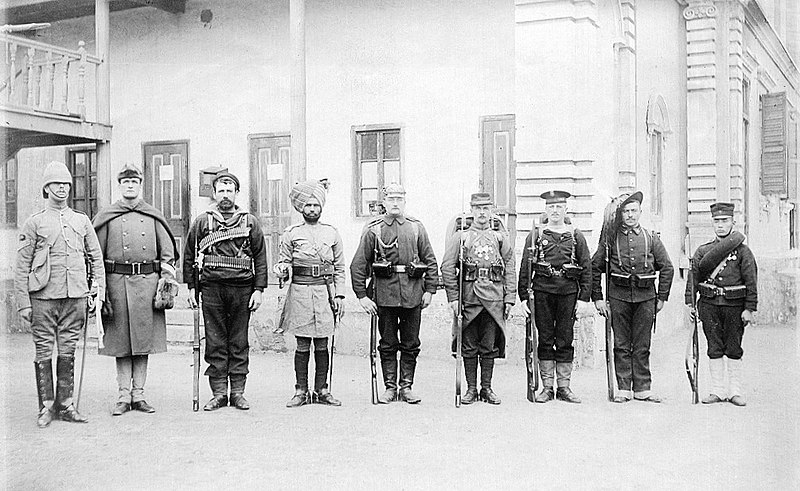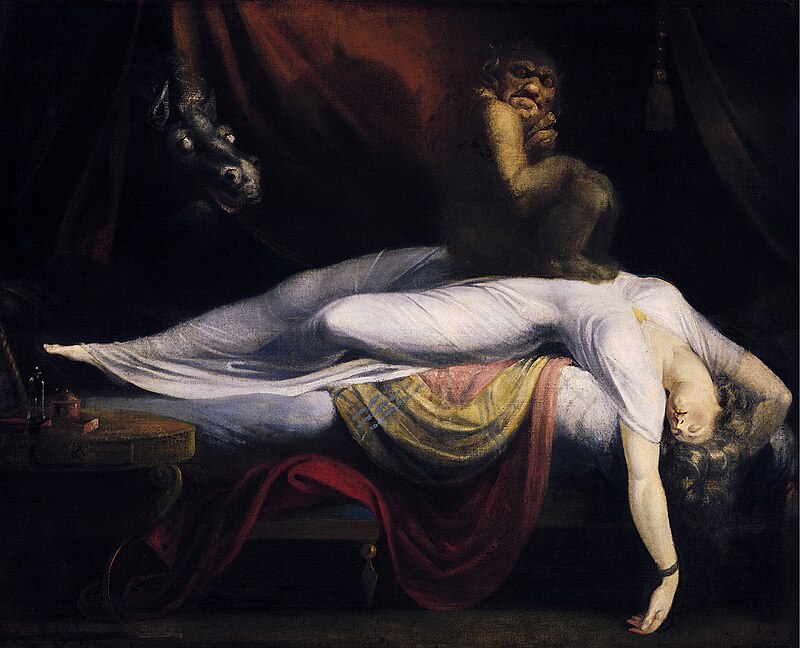Now, all of this still may sound academic and far removed from the lives of ordinary folk. But the truth is otherwise. When a society’s sages
can’t guide its people, they look elsewhere for moral leaders. When the “wise”
respond to their fellow citizens’ queries about morality with jargon and
equivocation, others—some of them very unwise—jump in to fill people’s needs.
So we ask: how did the eroding of the West’s moral systems that
followed the rise of Science affect people living through real events? Let’s
consider one harsh example.

World
War I, young German soldier (credit: Wikimedia Commons)
By the early twentieth century, the impacts of the ideas of Darwin
and Freud, and of Science generally, had arrived. Social scientists and
philosophers were left scrambling to understand what new moral code, if any,
was implied for humanity by these new ways of seeing the world. Is Science
telling us anything about what is right? Answers on every side were
contradictory and confusing. Then, following too soon, in a bitter or perhaps
inevitable irony, real-world political events broke out of control. In 1914,
World War I arrived; it became the major test of the moral systems of the new scientific
societies of the West.

World
War I recruitment poster (credit: Wikimedia Commons)
When World War I began, in the cities and towns of
Europe and in the cities of all other countries that were attached to the main
belligerents, banners flew, troops marched, bands played, and huge crowds of
men, women, and children all shouted for joy. A few sober people raised
objections for one set of reasons or another, but they were drowned out in the
din. In every nation involved, people fell easily into viewing the human race
as being made up of "us" and "them", as people tend to do
in wartime, and people easily began to say to their neighbors that, finally,
the superior armies and ideals of their way of life were going to sweep aside
the barbaric, backward armies and ideals of their nation’s enemies.
Exhorted in speeches by their leaders and by
writers in the media to stand up for their homelands, the men of Italy,
Germany, France, Britain, Austro-Hungary, and Russia, along with all their
allies, absorbed the jingoistic stories being told in their newspapers and
signed up to fight. Competing narratives about Europe and its history had finally
brought the European tribes into head-on confrontation. "They" had their view of how the future should go. "We" had a very different one. Science said, "You're both right." or sometimes, "Don't look at me. I'm not involved."

Anti-German propaganda
poster (credit: Wikimedia Commons)
My country, Canada, was part of the British Empire
in 1914, and Canadians were just as eager as any of the loyal subjects in London,
England. Young men leaped out of the crowds lining the streets to march in step
with the parades of soldiers going by. Many of them were worried that by the
time they got through their training and on to Europe, the fighting would be
over. Girls clustered around men in uniform who came back to visit their
workplaces or colleges or even high schools before shipping out. Old ladies out
shopping, by 1916, would spit on any young man of military age who was not in
uniform.












